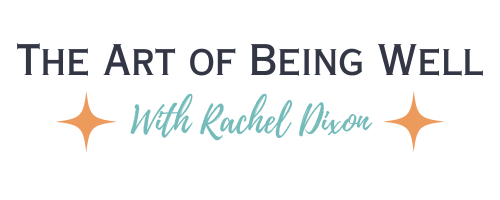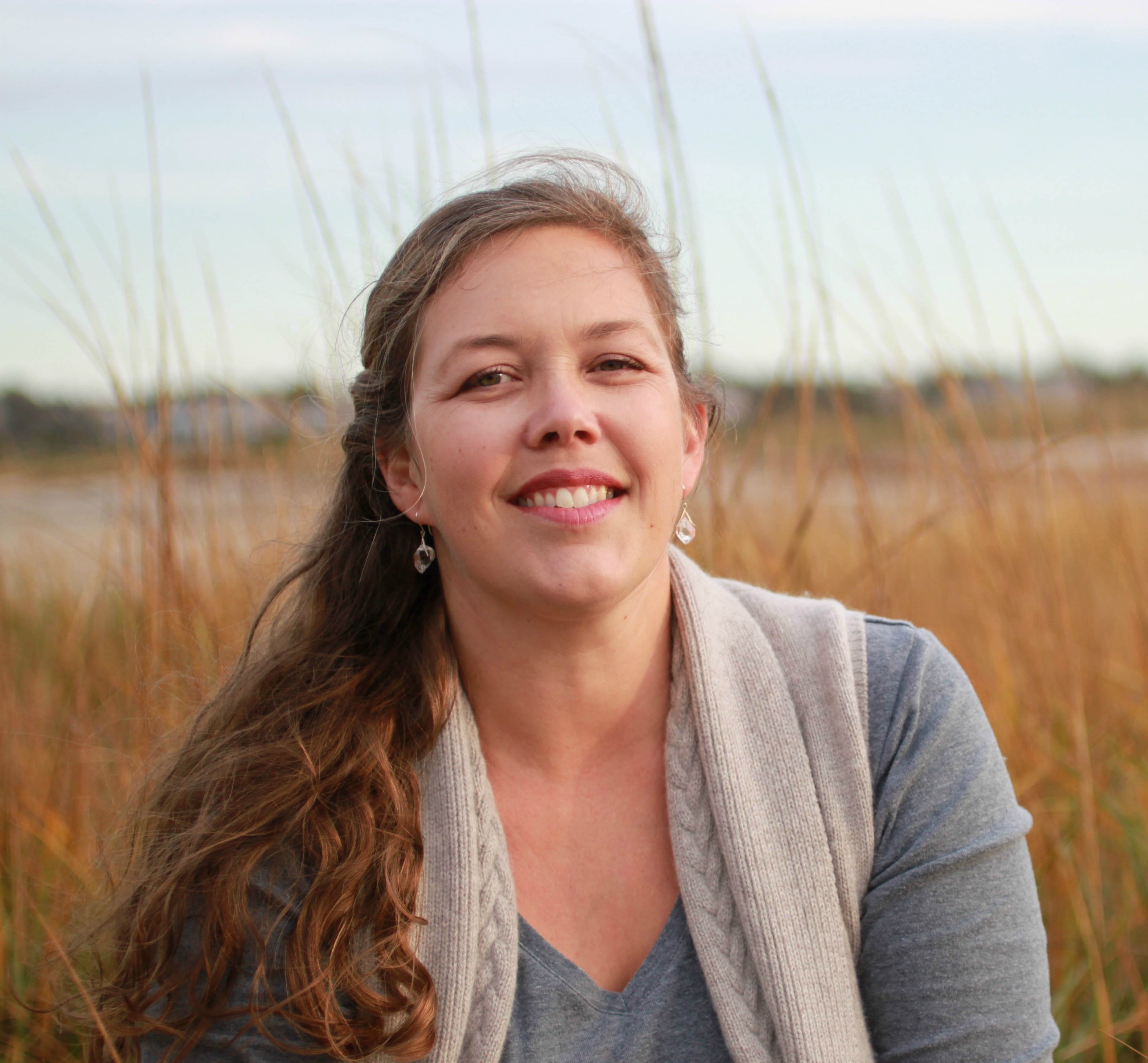
Tension
No blog posts.
Meet Rachel Dixon
Hi! I'm Rachel Dixon, Holistic Health Practitioner on Nantucket Island and online at The Art of Being Well.... I work with people to achieve results- looking to resolve the root issues of their chronic pain and stress, and empower individuals to read their own body and create their own solutions...






